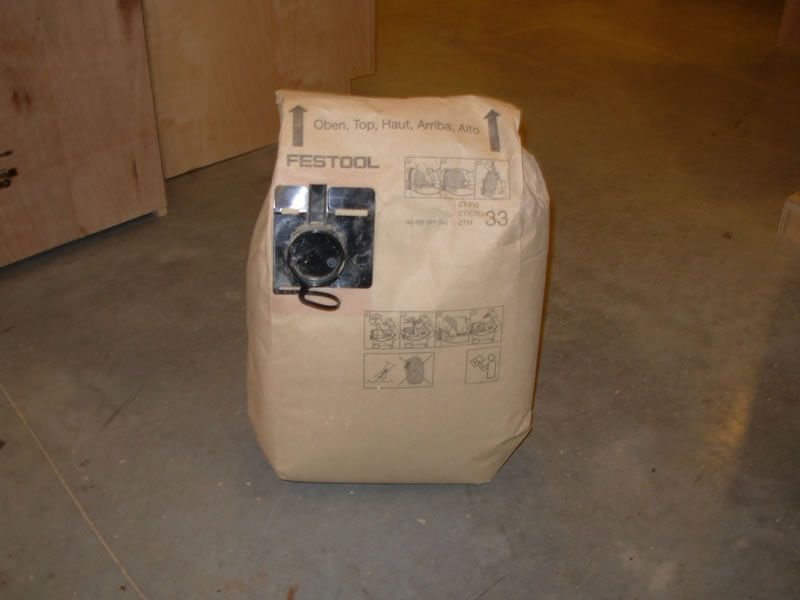Extra Filtration
Advice on improving dust-collection system effectiveness by adding to filter bags or introducing a pre-separation component. April 17, 2009
Question
I have recently installed an older torrit cyclone collection system and was wondering if replacing the old filter bags with longer bags would help system performance or if there are any negative effects of more filter material.
Forum Responses
(Dust Collection and Safety Equipment Forum)
From contributor T:
I added two extra filter bags on my cyclone to improve filtration and air flow (CFM). Use micron felt bags or cloth. The more filter area the better. It's usually a question of how much space can you afford, how much filter fabric can you justify? I'm sure the tech folks at Torrit can tell you when enough is enough.
From contributor C:
What is the hp of the blower on top of the cone? I may be able to help you with the square footage of cloth. Aside from having a good filter material to handle the fines, an overall air to cloth ratio is important. Assuming the waste created is mostly coarse with some fines mixed in, a 10-1 air to cloth is a good ratio. Example, if we are moving 1000 cubic feet per minute, total filter area would be 100 square feet. This can be achieved by various size bags that equal 100 square feet.
From the original questioner:
HP of the motor is 5. I figured the system CFM to be around 1350, according to Torrit specs. The current bags are about 72 square feet of filter material.
From contributor C:
Torit model 20-5FB 5 hp with after filter shows 70 square feet of cloth (4 bags 11 1/2" diam X 70" long). This unit will deliver 2,000 cfm at 8.4" spwg, which is the external resistance when piped into a typical 40' X 30' shop. At that level, looks like the air to cloth is around 28-1, which is definitely on the high side.
From contributor D:
I do not think you can have too much filter area. The only problem I can think of is that some blowers are overloaded when they do not have some resistance. This is not likely a problem for you but I would advise checking the amp draw after making changes. Also I have some filter material for sale if you are interested.
From contributor B:
It depends on what type of waste you're handling, and how effective your separation is, within the cone. With small industrial single-stage dcs like the Kraemers and Pyradia/Belfabs, you'll see roughly 30-1 air-to-cloth ratio for "general" woodworking applications (coarse/dry waste). The more "fines" you produce however, then the larger that air-to cloth ratio has to be.
Your cyclones' separation efficiency, may depend on how much air you're flowing into the cyclone. This may vary from branch-to-branch, depending on length and configuration of your run.
If you want to avoid sending the bulk of your fines to the dc, try a pre-filtering pre-separator at those machines that may require it, like a drum sander. Itís quite simple to fabricate one. All you need is a drum, then make a plenum and mount it atop your drum. Use a couple of inexpensive cellulose-based filters, mounted horizontally inside the plenum. A flip-top lid will allow access for easy cleaning. That pre-filtering pre-sep will reduce the amount of cleaning required at the central dc, and your other runs won't suffer from pressure-drop due to loaded filters.
